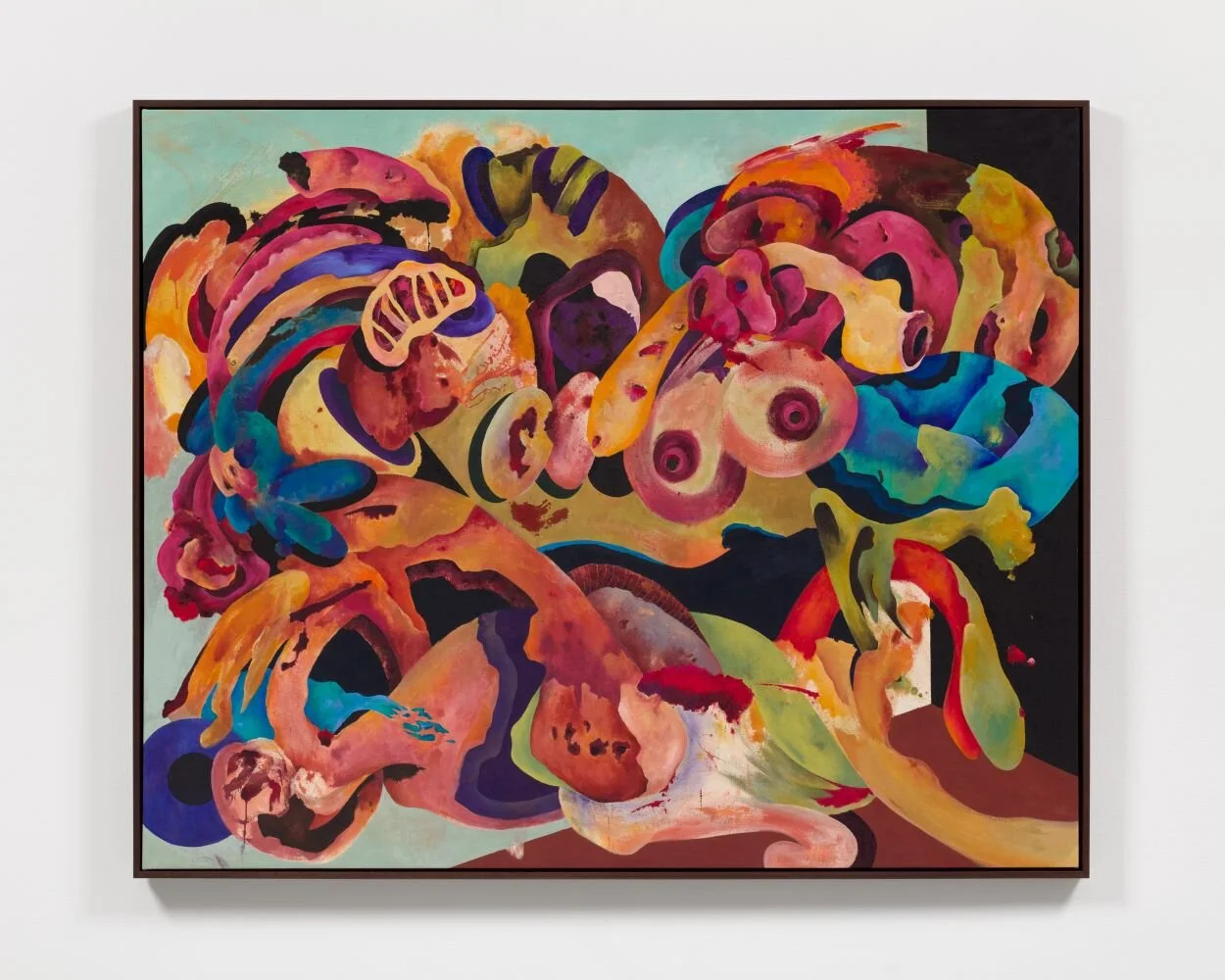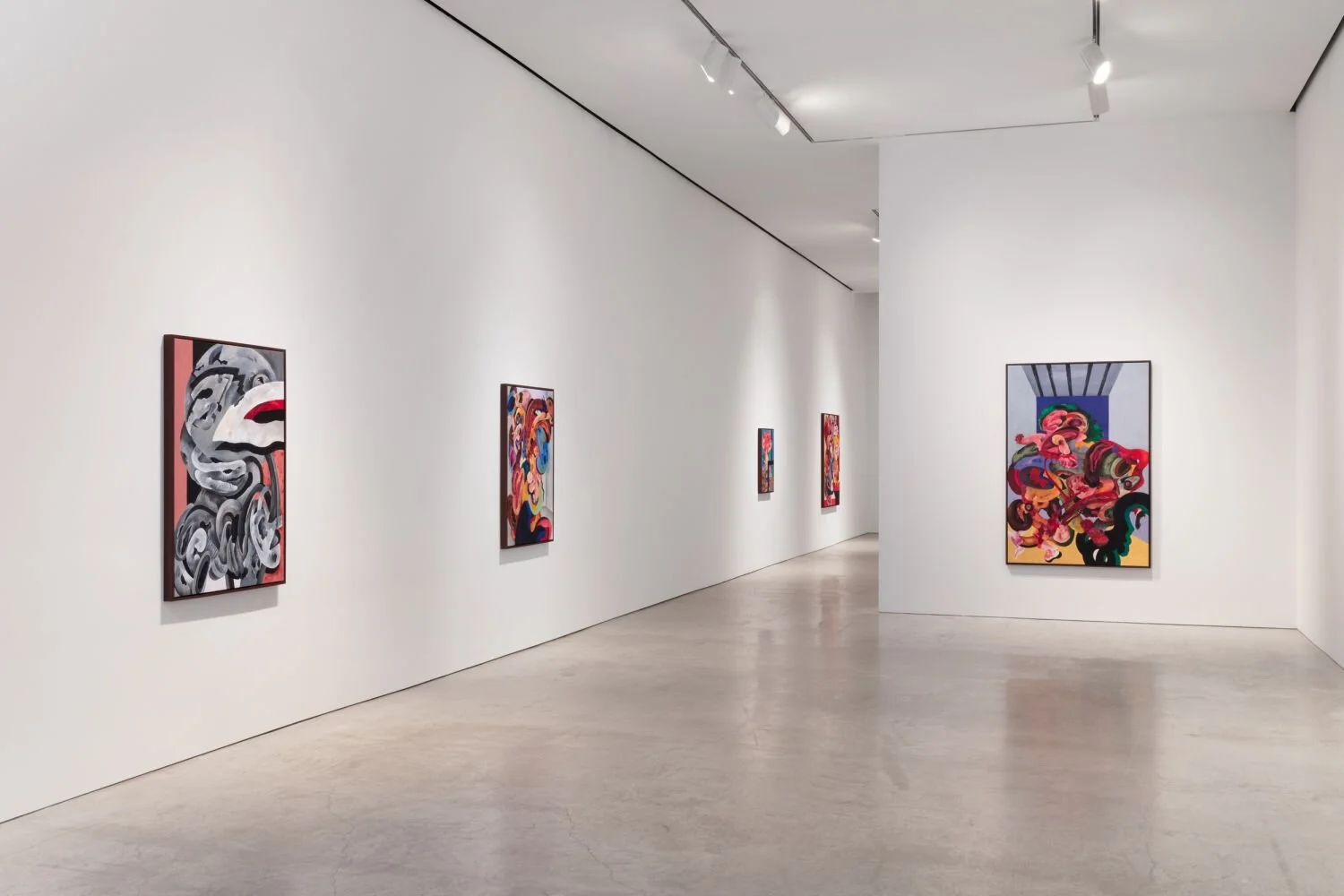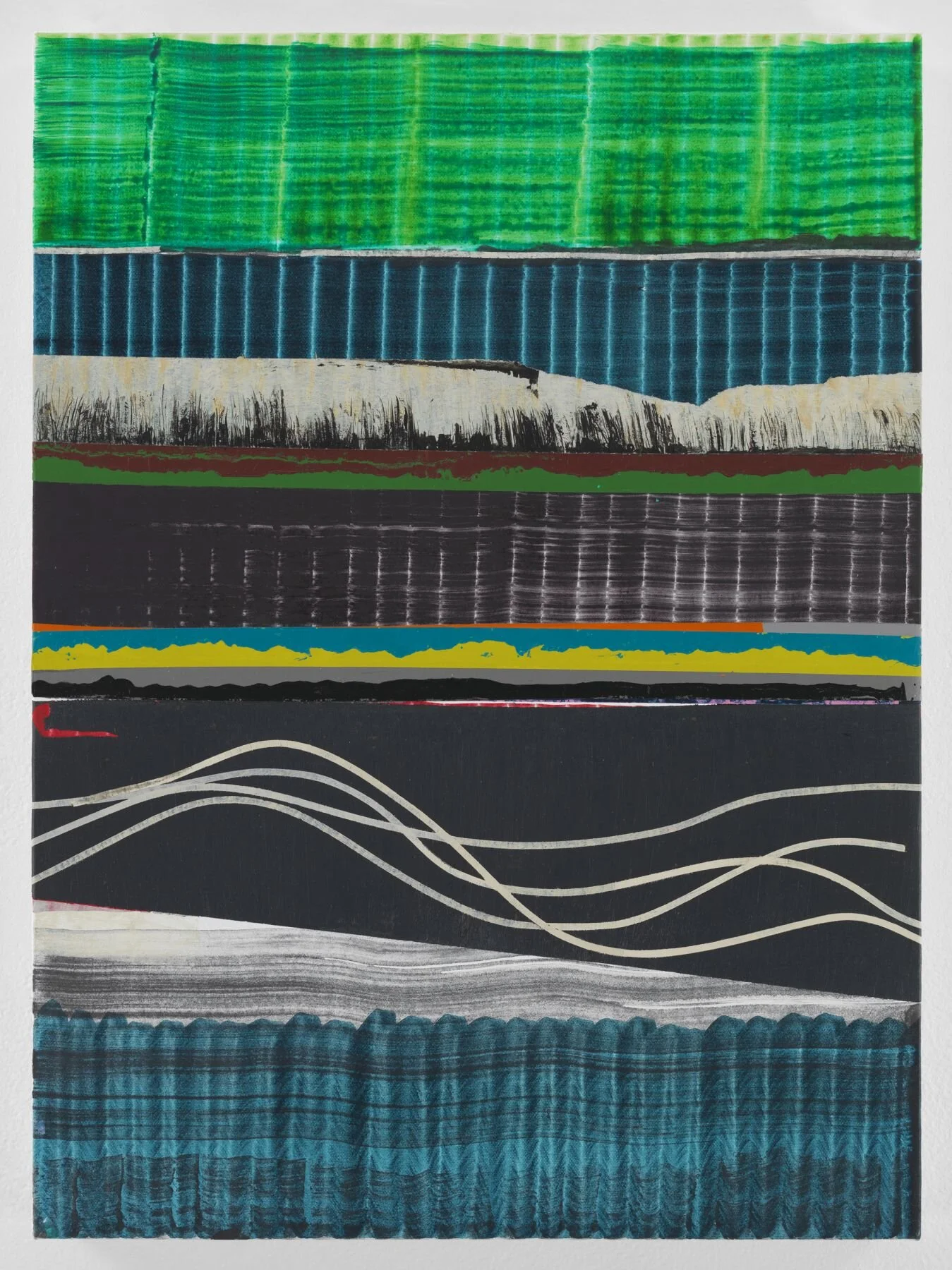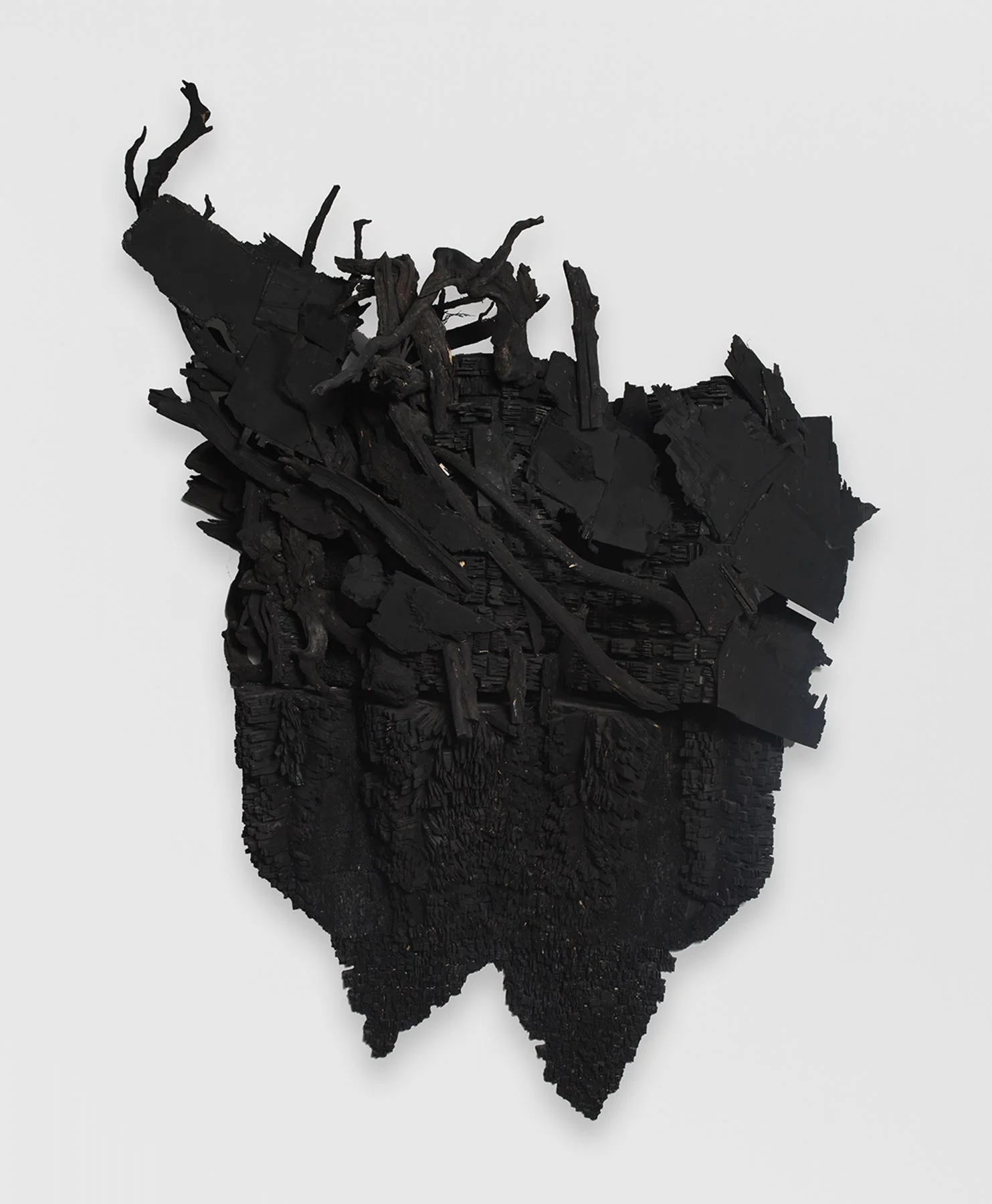Ahmed Alsoudani
New York, 545 West 25th Street
The exhibition is comprised of ten paintings, as well as a selection of works on paper from the artist’s Cut of Time series, which borrows its title from a text by the French-Egyptian writer Edmond Jabès (1912-1991). The exhibition will be accompanied by a fully illustrated book for the Cut of Time series, featuring a foreword by Adonis, entitled Painting’s Horizon, Meaning’s Expanse (with English translation by Kareem James Abu-Zeid, PhD), and an essay by the American poet and art critic Raphael Rubinstein, entitled Strange Beauty: The Drawings of Ahmed Alsoudani.
Nude, 2020 Acrylic on Canvas 59x73 in. / 149.9x 185.4 cm
For his third solo exhibition at Marlborough, Alsoudani ( (b. 1975, Baghdad, Iraq) returns with his distinctive paintings of polychromatic forms that writhe through suggested interior spaces. Whereas much of the artist’s previous works on canvas incorporate charcoal and colored pencil throughout, the present group of paintings is predominantly composed in pure acrylic. The works on view are inspired in part by the artist’s ongoing interest in the body (here, the artist has studied medical texts and drawings), with certain passages evoking body parts, sexual organs, anatomical cross-sections of muscles, bones and organs, as well as globular forms suggestive of cells.
On occasion, the appearance of textures in charcoal and colored pencil, or of rigidly defined geometric shapes in solid, undifferentiated hues gesture toward Alsoudani’s interest in draftsmanship, as well as in art-historical antecedents such as André Masson, Max Ernst, Francis Bacon, and Philip Guston. Like the automatism of the Surrealists, Alsoudani considers his own practice as one which collapses thought and execution into one swift instinctive act, an activation of the unconscious wherein his internalized passion for works of fiction and poetry—especially those conveying the experiences of the historically occupied and exiled—is translated directly onto the painting’s surface.
Installation View. Photo: Pierre Le Hors
Alsoudani’s Cut of Time series of drawings in acrylic, pen, and ink offers a new, scaled down glimpse of the artist’s oeuvre, having found himself working within the spatial constraints of a domestic space smaller than his usual studio accommodations amidst the COVID-19 pandemic. Drawing, after all, has always formed the physical and emotional underpinning of Alsoudani’s work, with primal explorations in graphite or charcoal on raw canvas providing the skeletal rebar for his chromatic symphonies.








